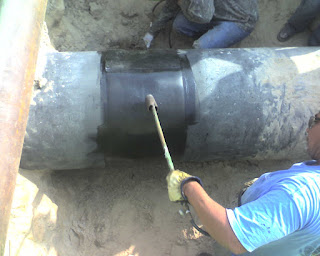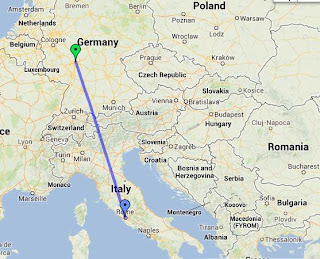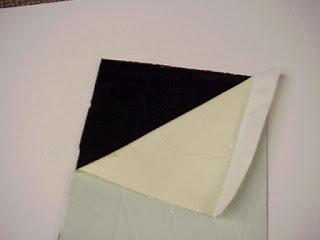In the world of heat shrink, there are a couple of different product lines that call themselves "shrink sleeves." The one that seems to always be at the top of Google when searching for 'shrink sleeves' is the thin plastic labels that go around things like Gatorade bottles; energy drinks and chocolate milk. When you walk through a grocery store; you probably see tens of thousands of these covering all of your favorite products.
It is also easy to find shrink sleeves designed to replace (or increase the size of) the grip on a tennis racket. It is hard to imagine this working well with a low cost shrink sleeve (this is my opinion because I've personally evaluated it in the past) but I could certainly be wrong!
When considering pipeline coatings however (and shrink sleeves for sealing splices, terminating electrical lines, motor connection kits, etc) the leaders in the industry are Covalence (a Seal for Life company) and Raychem (a Tyco Electronics company). For the purpose of this article, I'll be looking exclusively at Covalence.
 | |
| WPCT Shrink Sleeve for Pipeline Corrosion Prevention |
Covalence heat shrink sleeves are designed to offer corrosion protection (prevention) to girth welds of steel pipelines. Any buried (or offshore) steel pipeline is going to be coated in a plant. By far the most popular factory applied line coating in the USA is FBE (in other parts of the world; three layer polyethylene coatings are dominant). Pipe is typically moved in 40 foot long 'joints'. You've probably seen trucks loaded with FBE coated pipe driving down the freeway depending on what part of the country you live in.
In any case, when a plant coats a 40 foot joint of pipe; they leave the ends of the pipe clean (with FBE, typically 2-3 inches per side are left clean). This is because when this piece of pipe is welded to another identical piece of pipe; the welding process would damage or destroy any factory applied coating that is close to the welding area anyway, so it is best to just leave it clean.
This means that when a pipeline is constructed; every ~39.5 feet is an area ~12" wide of bare steel. This bare steel must be coated somehow and that is where our product comes in. Our shrink sleeve systems can be anything from two layer; to three layer; to ten layer. In this case I will look at only a two layer system.
Of the two layers of the shrink sleeve; one layer is a heat shrinkable polyethylene backing and the other layer is an aggressive, stable mastic sealant. To look at it in the simplest of terms; the purpose of the heat shrink backing is two fold. First; it shrinks onto the cleaned and preheated pipe surface, causing the aggressive mastic to fill any imperfections in the steel. In addition, the mastic forms a strong bond to the steel and adjacent factory applied coating AND keeps its strong bond to the heat shrink sleeve backing. It essentially creates a cohesive coating designed to prevent any air or water from getting to the bare steel of the pipeline...for the life of the pipeline.
Second, the heat shrink PE backing stays in place and offers physical protection to that mastic sealant for the life of the pipeline. It protects during backfill; it stays in place through contraction and expansion of the pipeline and prevents other outside forces from exposing the previously bare metal of that field joint to air or water.
So, in a sense, if you consider the heat shrink backing of the shrink sleeve to be first; a delivery system to get the sealant in the proper place; at the proper temperature to attain a bond - and if you consider it to be, second, a physical protection of that sealant - then you'll be very much on the right path.
























